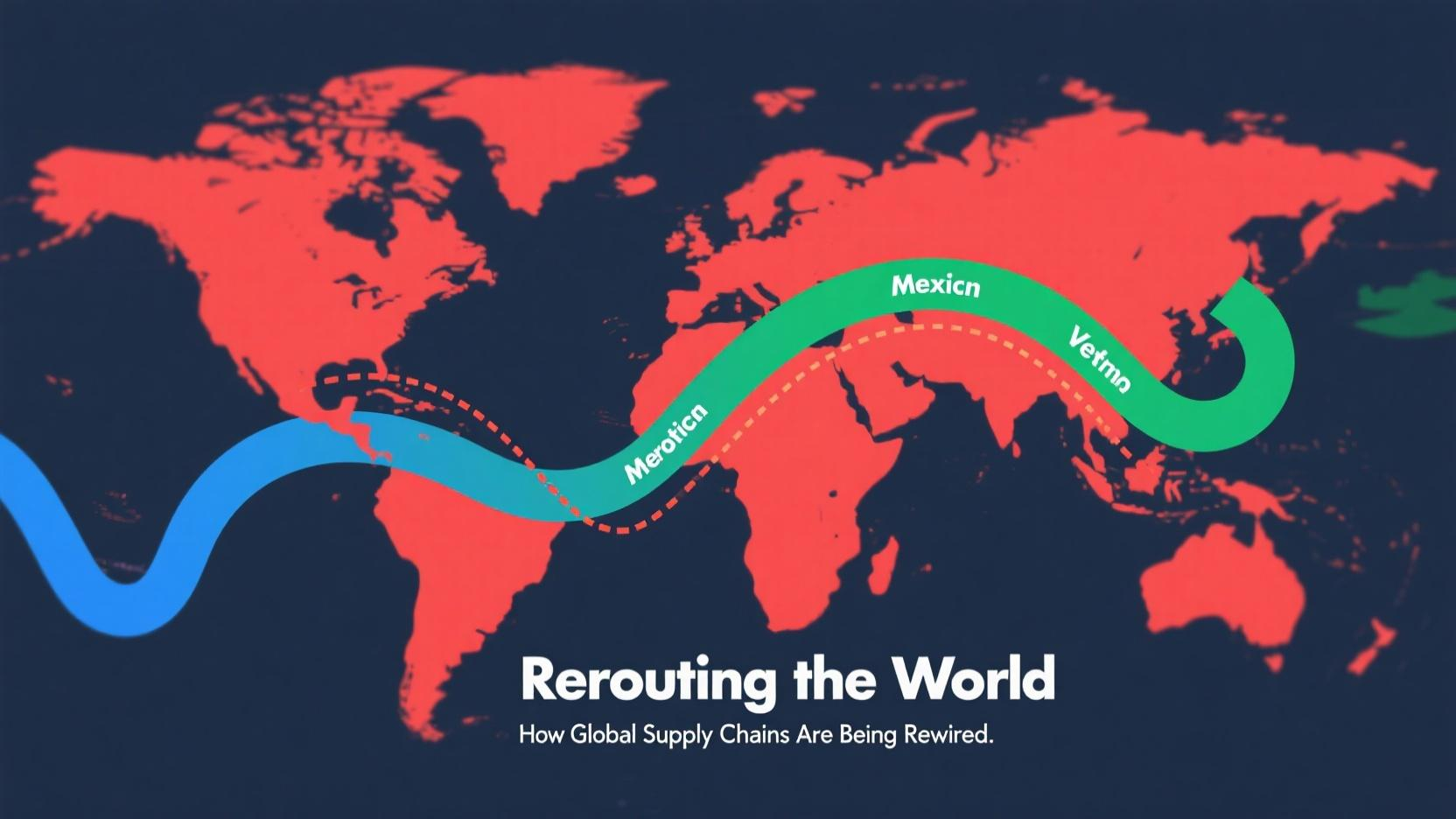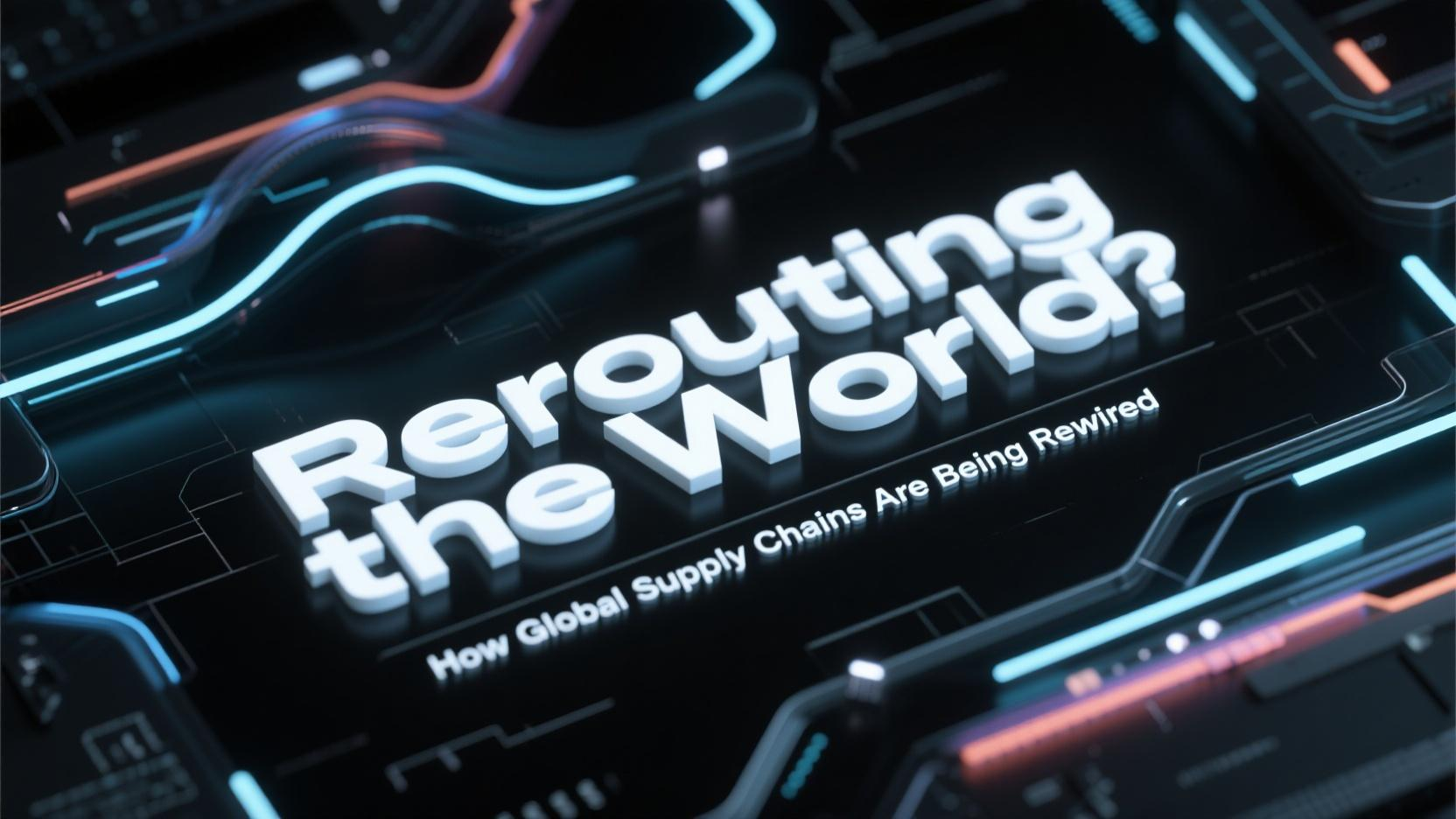From Just-in-Time to Just-in-Case: The New Logic of Trade Resilience
The global supply chain map is undergoing a massive transformation. Triggered by the COVID-19 pandemic, geopolitical tensions, and climate volatility, companies and governments are no longer optimizing solely for cost — resilience, proximity, and security have entered the equation.
China Plus One, Nearshoring, and Friendshoring
Manufacturers are increasingly adopting a “China Plus One” strategy — diversifying supply bases beyond China to countries like Vietnam, India, and Mexico. This is not about replacing China, but spreading the risk.

At the same time:
U.S. firms are nearshoring to Mexico
European firms are reindustrializing Eastern Europe
Japanese companies are investing heavily in Southeast Asia
The result is a multipolar production world, where logistics and digital infrastructure determine competitiveness as much as labor cost.
Case Study: Apple’s India Move
Apple has begun shifting iPhone production to India, with Foxconn opening new facilities in Tamil Nadu. By 2025, Apple aims to produce 25% of its iPhones in India, reducing dependence on a single geography.
This shift has led to:
Growth in Indian precision component firms
Upskilling of local labor in high-tech manufacturing
New logistics corridors built between South India and the Middle East
The Industrial Spillover
As supply chains move, entire ecosystems move with them:

Tooling and equipment suppliers follow OEMs
Financial services develop local risk pricing mechanisms
Green standards start aligning with destination markets (e.g., EU’s Carbon Border Tax)
This creates trade-led industrial clustering — Vietnam’s electronics hub, Poland’s EV battery corridor, Mexico’s auto renaissance.
Key Takeaway
Global trade is no longer just about where things are cheapest — it’s about where production can adapt fastest, resist shocks, and connect to future markets. We’re witnessing not a retreat from globalization, but a rewiring of it.
